The Alpine rescue dog built for blizzards, bred by monks
As snow fell across the UK this week, I found myself day-dreaming of St Bernards striding through the Alps — a snow-day dog worth celebrating.
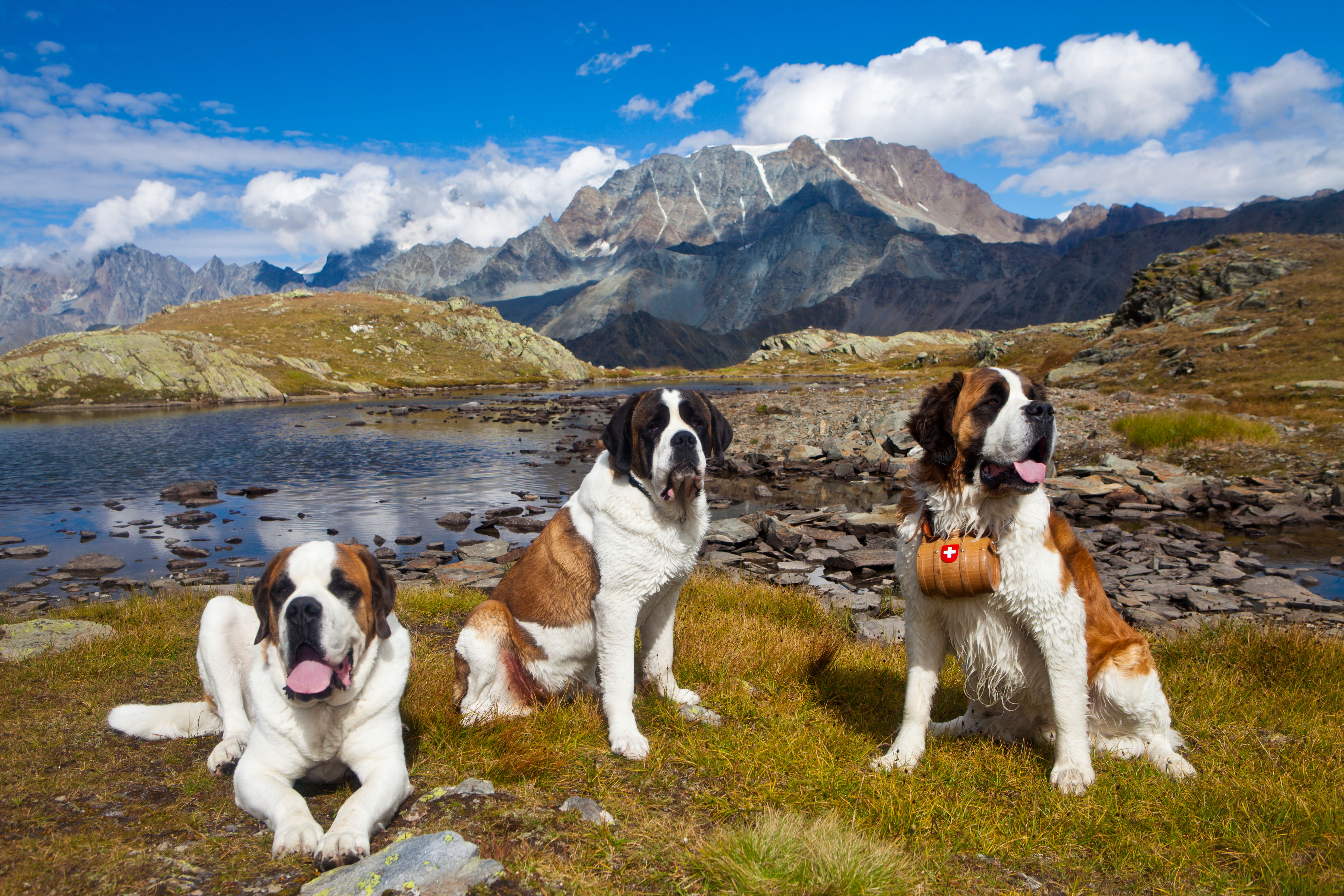

On Wednesday, snow fell across the UK — even over London. And even though it didn’t settle in the capital (when does it ever?), snowploughs were out further north and my mind drifted to snow dogs — naturally landing on the magnificent St Bernard. A dog born for the mountains, yet familiar to us through nursemaid Nana in Peter Pan and, of course, the mighty, family-friendly Beethoven, star of eight feature-length films.
The St Bernard hails from the Western Alps, along the Italy/Switzerland border, and was originally bred by monks at the Hospice of the Great St Bernard Pass. The hospice began acquiring dogs in the late 1600s and by the early 1700s they were already rescuing travellers lost in snow and mist. These were dogs who could trudge through deep drifts, sense a buried wanderer and guide them back to safety — or lie across them to share warmth until help arrived. For context, the Great St Bernard Pass sits at roughly 2,469 metres above sea level, so it’s fair to say the winters can be savage.

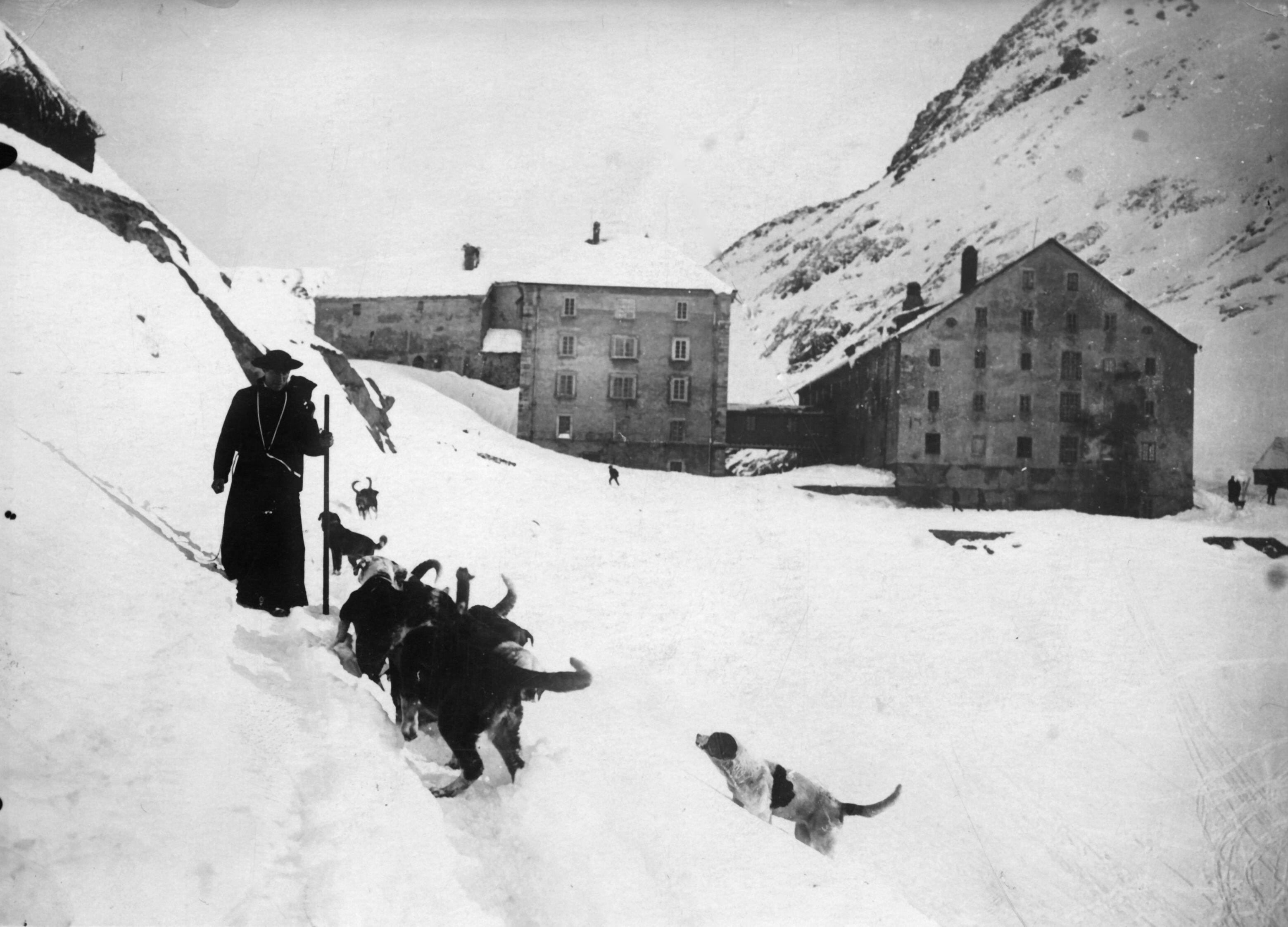

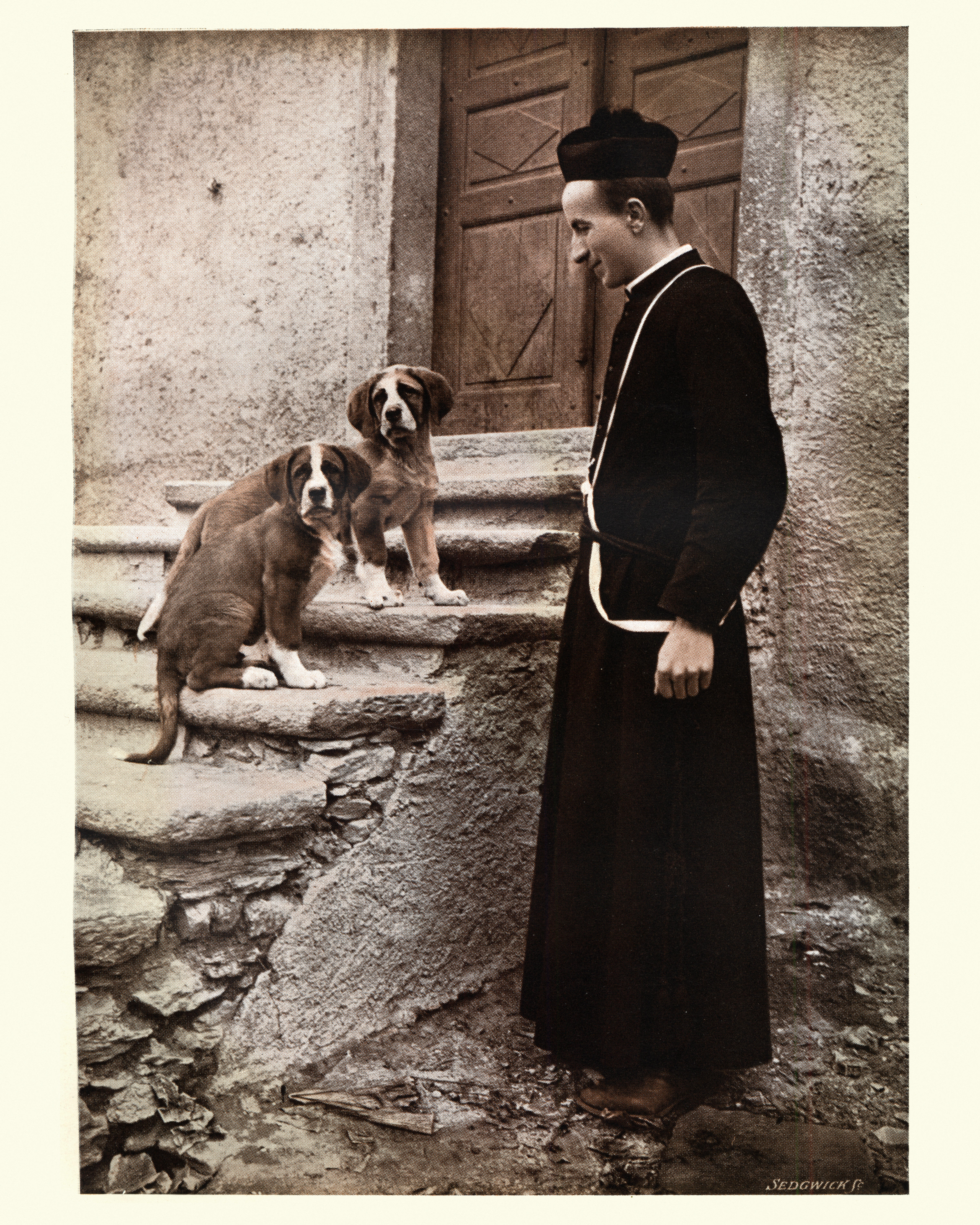
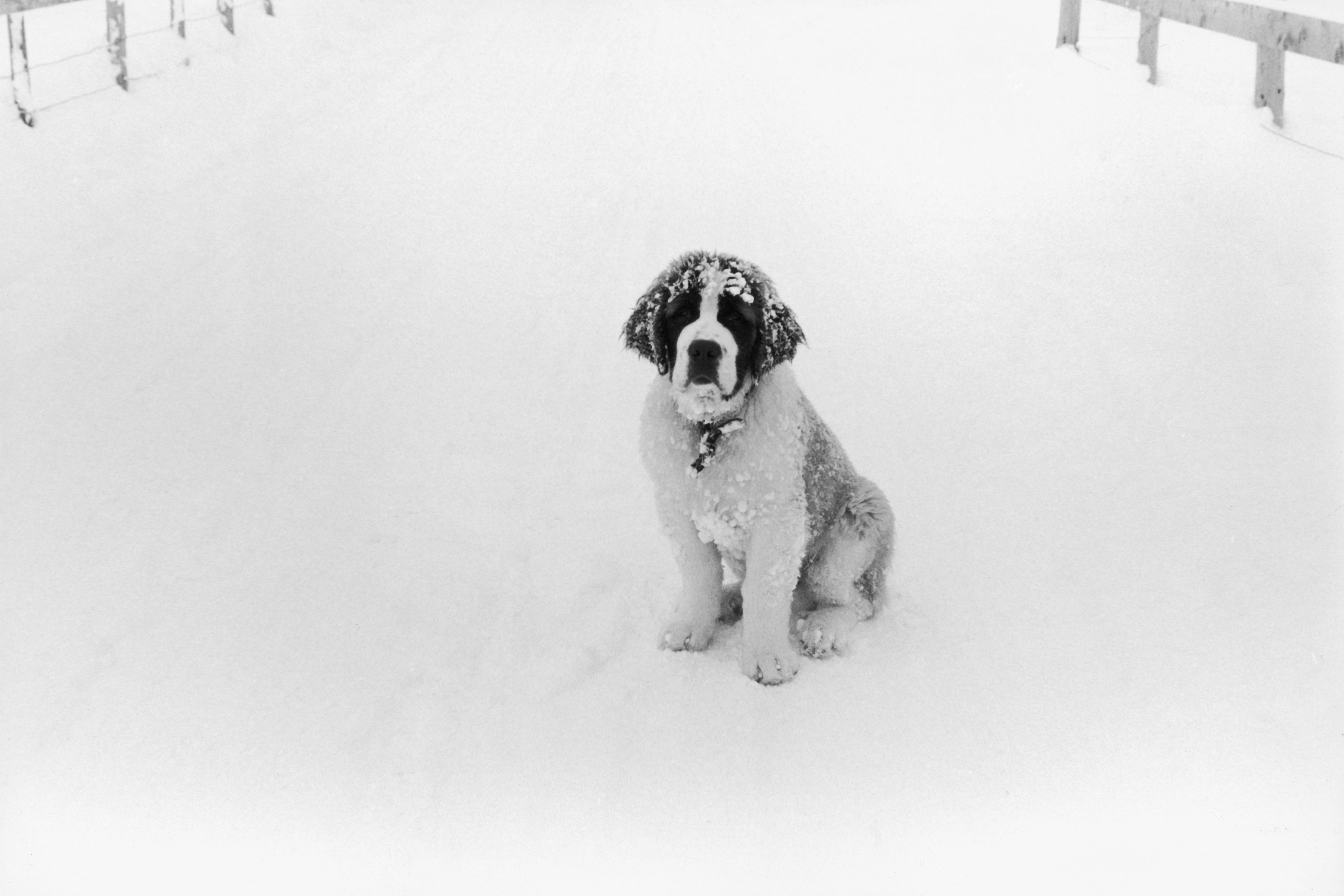
The image of a St Bernard trotting through the Alps with a tiny barrel of brandy around its neck comes from 19th-century engravings. Romantic, yes — but almost certainly myth; the monks at the hospice have long denied it was ever standard practice.


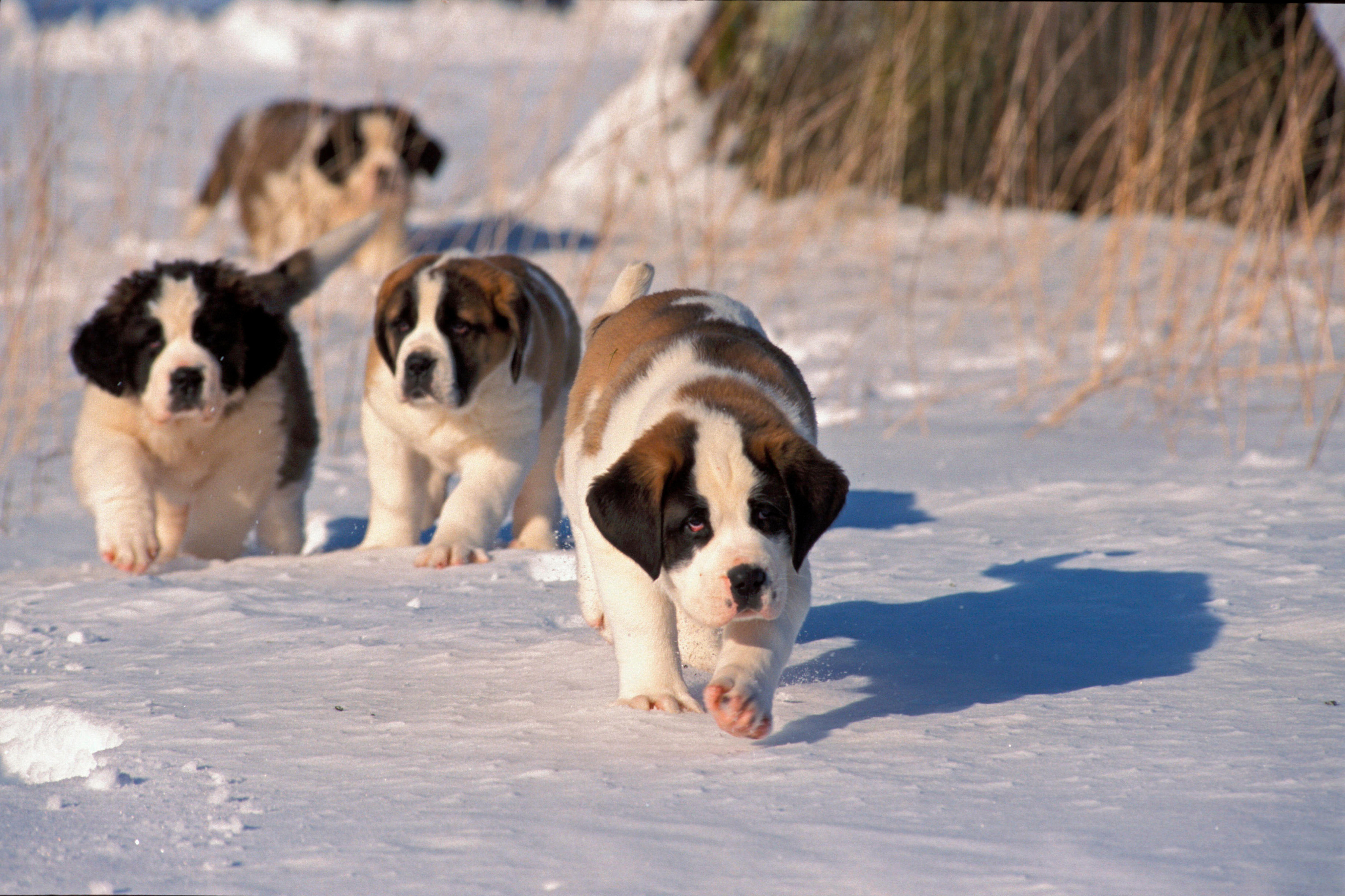
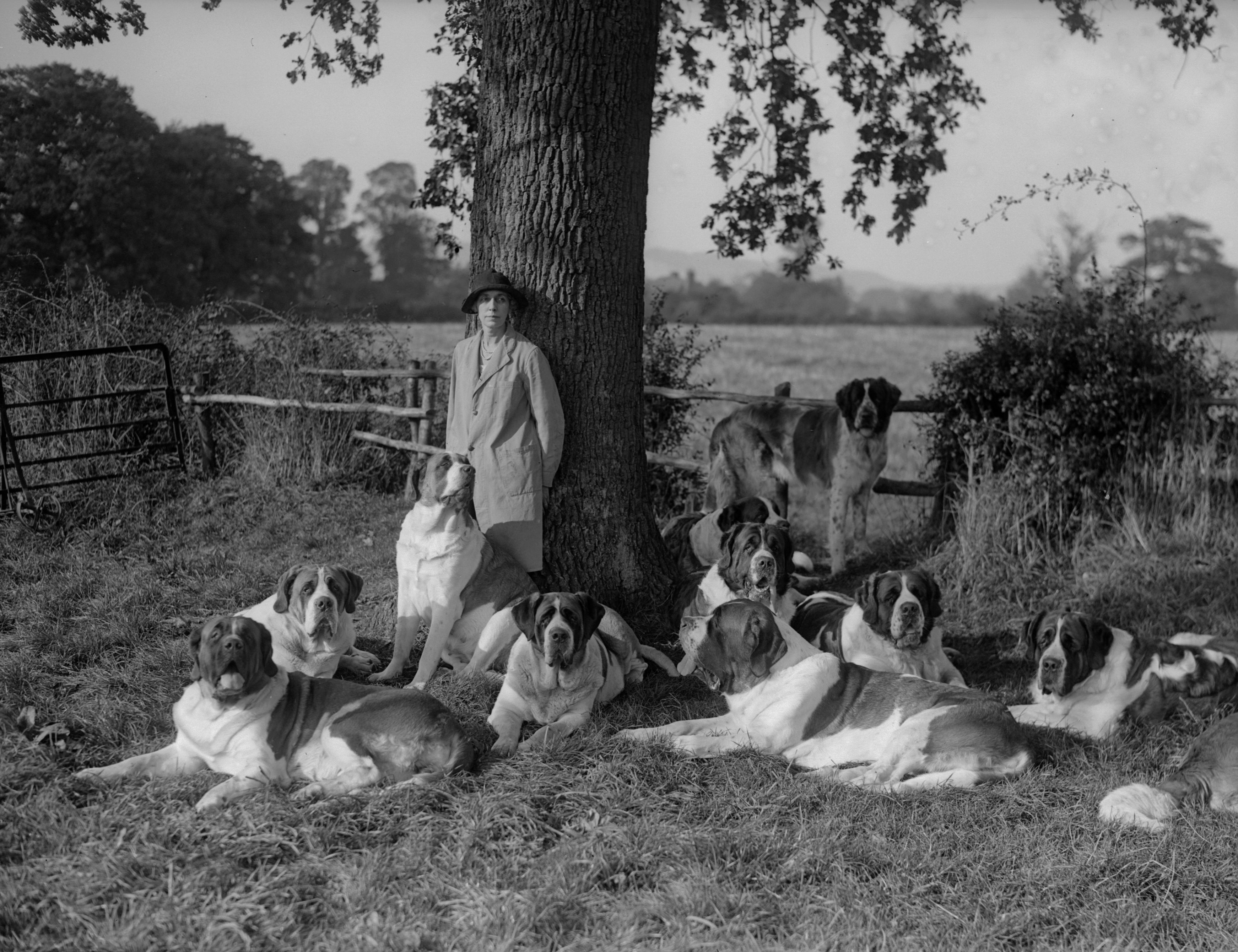
According to the Kennel Club, the breed remains relatively rare in the UK compared with many companion breeds, meaning prospective owners often encounter waiting lists. Thinking of welcoming a St Bernard into your life? There are a few things you should know. This is a breed best suited to owners with experience of large or giant-breed dogs — expect big commitments: big beds, big meals, big vet bills and yes, big globs of drool. Their thick coats and heavy frames mean they cope brilliantly with cold and snow, but poorly with prolonged heat or humidity. Shade, cool indoor spaces and limited exertion during warm spells are essential.


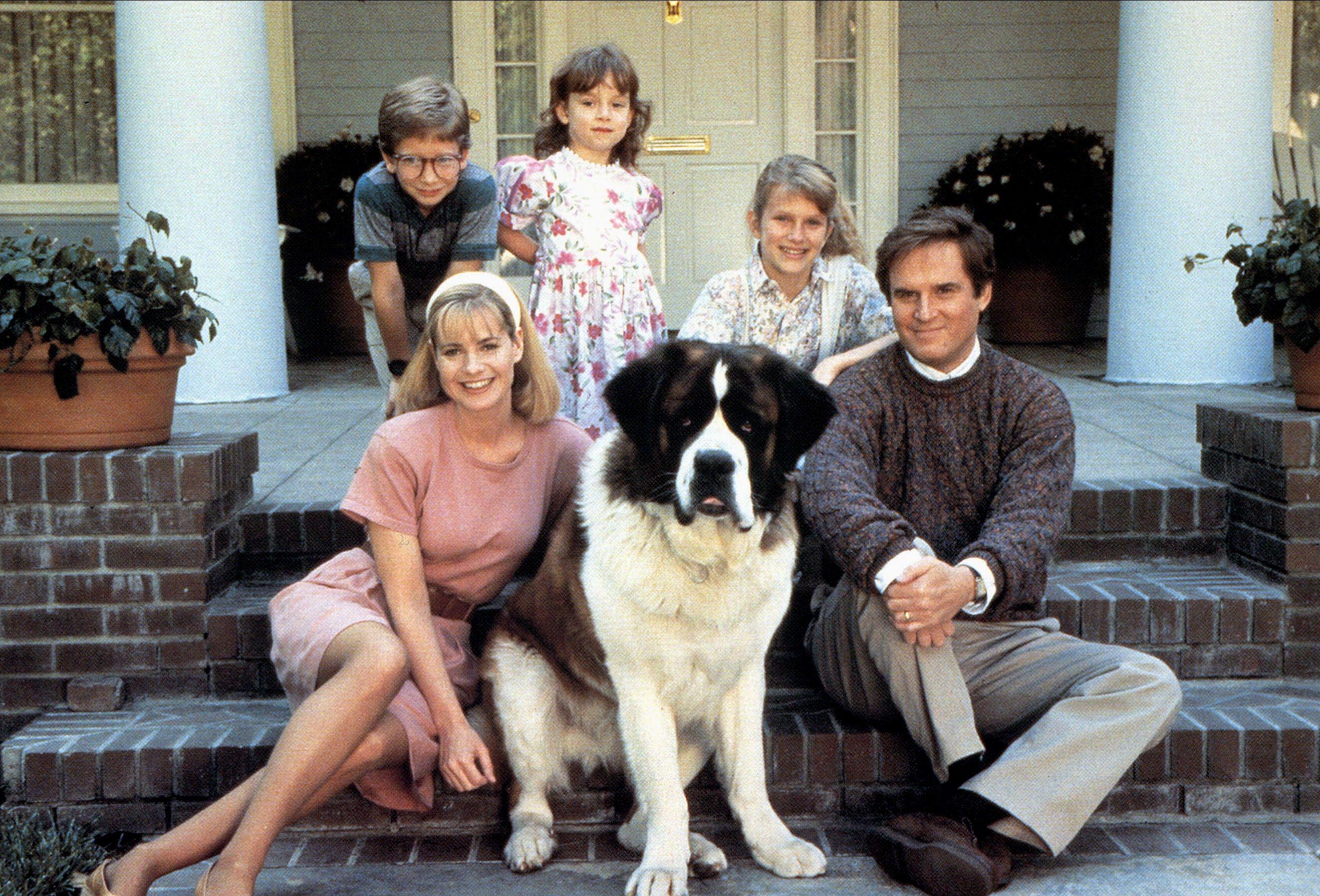
Although the St Bernard is no longer used for traditional mountain rescue, their legacy hasn’t dimmed. Modern Alpine search teams have drones, GPS and avalanche transceivers, but the image of a stranded hiker discovered by a colossal, warm-hearted dog has captured imaginations for generations. And with Britain turning snowy (however briefly), it feels the perfect moment to appreciate a breed shaped by centuries of harsh winters, high altitude and a vocation for helping humans.
Exquisite houses, the beauty of Nature, and how to get the most from your life, straight to your inbox.
Florence is Country Life’s Social Media Editor. Before joining the team in 2025, she led campaigns and created content across a number of industries, working with everyone from musicians and makers to commercial property firms. She studied History of Art at the University of Leeds and is a dachshund devotee and die-hard Dolly Parton fan — bring her up at your own risk unless you’ve got 15 minutes to spare.
-
 12 fabulous rural homes,. from £650,000 to £4 million, as seen in Country Life
12 fabulous rural homes,. from £650,000 to £4 million, as seen in Country LifeOur look includes a magnificently-situated home in Devon, a village home in Somerset and a historic Welsh farmhouse.
-
 War, ruin and renaissance: Dorfold Hall's 400-year journey through the ages
War, ruin and renaissance: Dorfold Hall's 400-year journey through the agesJohn Goodall describes the antiquarian rediscovery of Dorfold Hall, Cheshire — home of Charles and Dr Candice Roundell — and the recent spectacular renewal of this important Jacobean house. Photographs by Paul Highnam for the Country Life Photo Library.
-
 Better than Ozempic? 50 years of the Brompton bicycle
Better than Ozempic? 50 years of the Brompton bicycleOwen Wilson, James May and most of the middle-aged men and condescending hipsters you know love them. As the iconic folding bike turns 50 Lotte Brundle hops on one with the company's CEO.
-
 No more froths, no more foams, no more tweezers. Classic dining is making a comeback. Thank god
No more froths, no more foams, no more tweezers. Classic dining is making a comeback. Thank godFrom prawn cocktail and Arctic roll to starched tablecloths and ‘nicotine cream’ on the walls, it’s out with the new and in with the old in the restaurant world
-
 'It is hard to beat the excitement of watching a peregrine you have trained stoop from 1,000ft, going more than 100mph' — the complicated world of falconry
'It is hard to beat the excitement of watching a peregrine you have trained stoop from 1,000ft, going more than 100mph' — the complicated world of falconryA combination of spellbinding sport and profound empathetic connection, falconry–a partnership in which the bird maintains the upper hand–offers a window into ‘the deeper magic’.
-
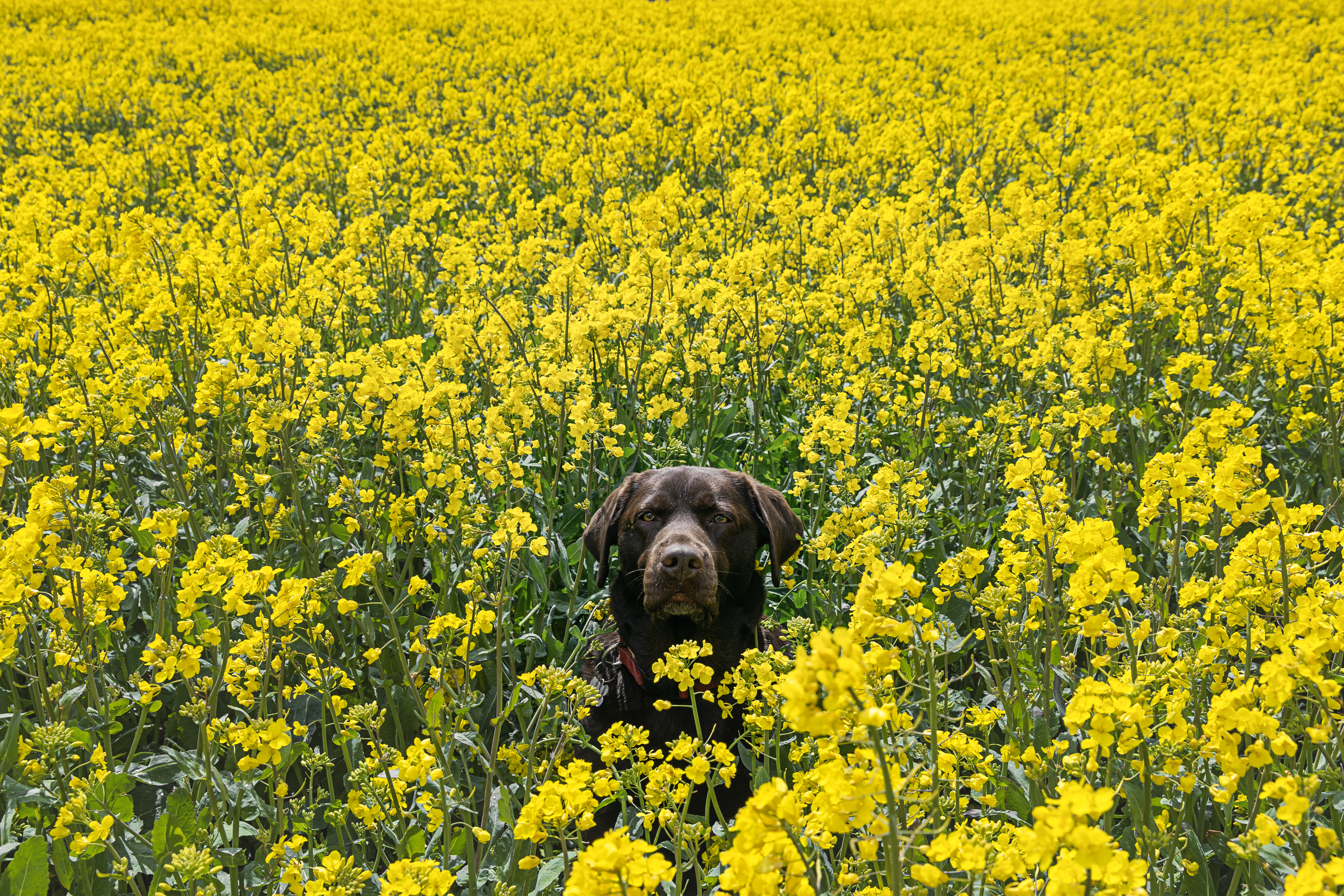 What is everyone talking about this week: More than half the country owns a pet and nearly half our marriages end in divorce — no wonder pet-nups are on the rise
What is everyone talking about this week: More than half the country owns a pet and nearly half our marriages end in divorce — no wonder pet-nups are on the risePet-nups, a formal agreement between couples over what should happen to their pets in the event of a split, are on the rise.
-
 Haute dogs: How fashion’s finest would dress 11 dogs and one very spoilt cat if only they had the chance
Haute dogs: How fashion’s finest would dress 11 dogs and one very spoilt cat if only they had the chanceWe’ve matched some much-loved breeds to the designers that share their history, temperament and vibe — because why not. Illustrations by Tug Rice.
-
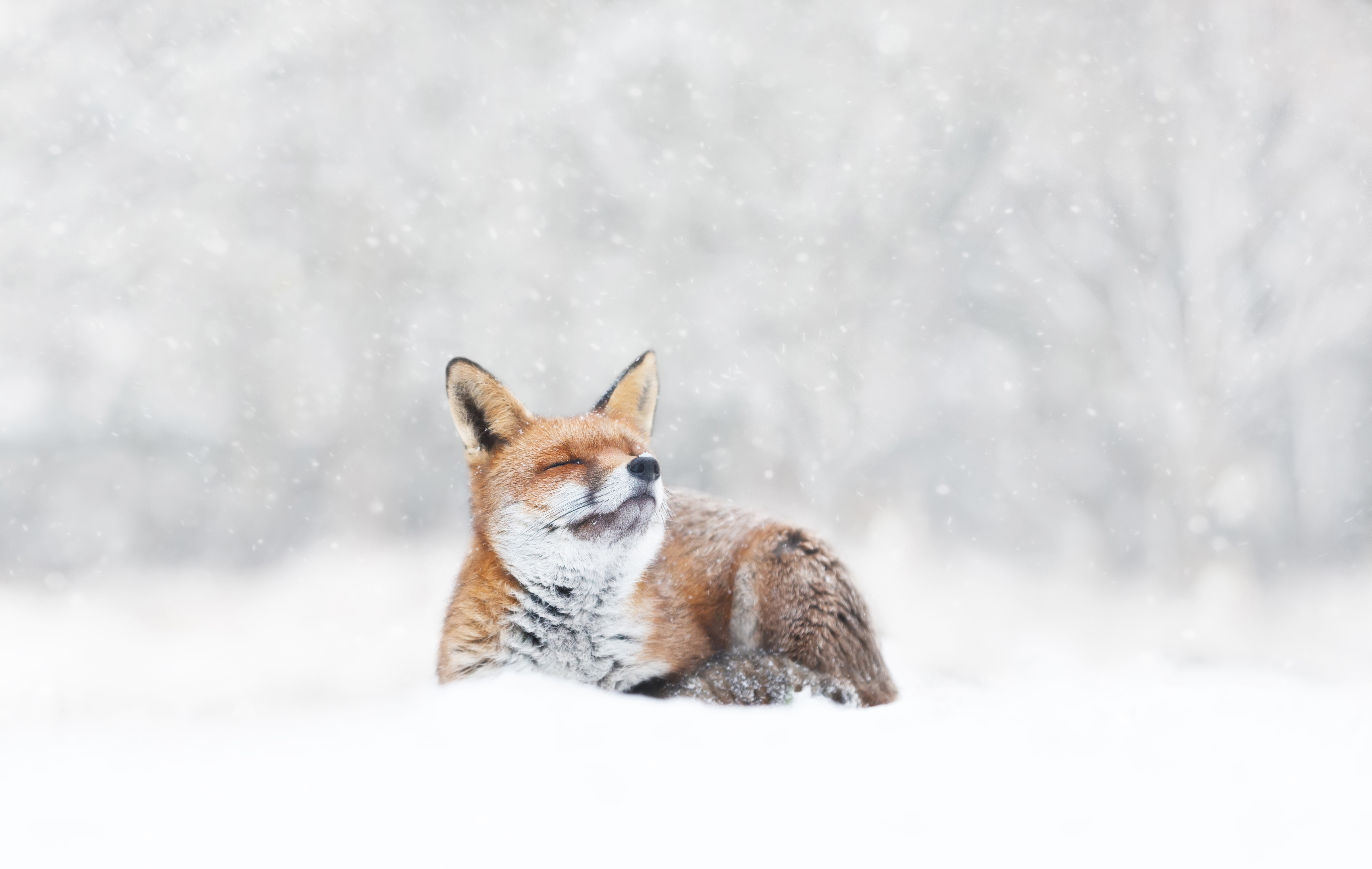 Baby, it’s cold outside (even if you have a natural fur coat): How our animals brave the winter chill
Baby, it’s cold outside (even if you have a natural fur coat): How our animals brave the winter chillWhen the temperature drops, how do Britain’s birds, beasts and plants keep the cold at bay? John Lewis-Stempel reveals Nature’s own thermals.
-
 Yorkshire’s bravest and most charming gentleman — the Airedale terrier
Yorkshire’s bravest and most charming gentleman — the Airedale terrierBred on Yorkshire’s riverbanks to face otters, snakes and even enemy fire, the Airedale has gone from the trenches of war to the hearts and homes of presidents and movie stars.
-
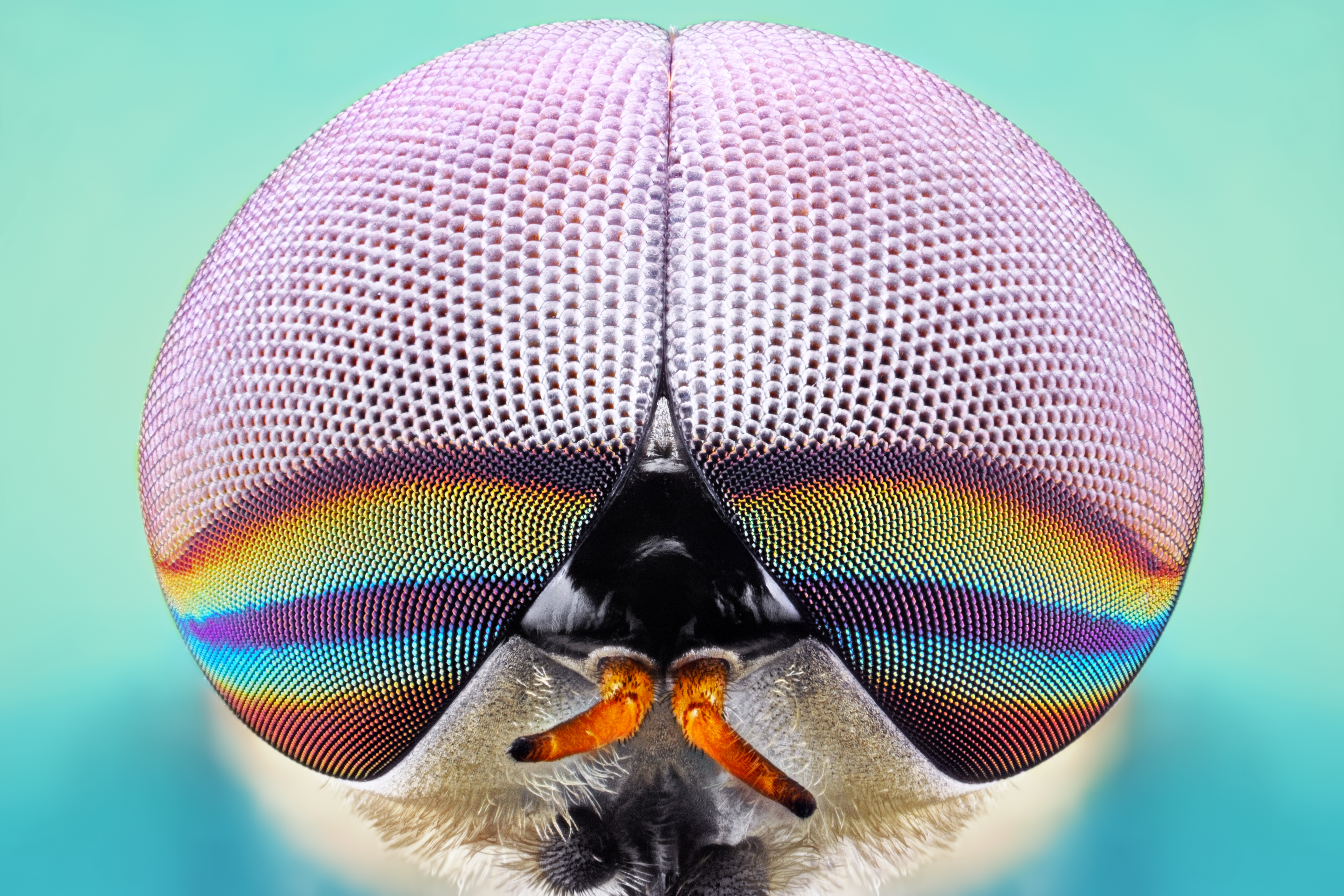 Dangerous beasts (and where to find them): Britain's animals that are best left alone
Dangerous beasts (and where to find them): Britain's animals that are best left aloneJohn Lewis-Stempel provides a miscellany of our otherwise benign land’s more fearsome critters.
